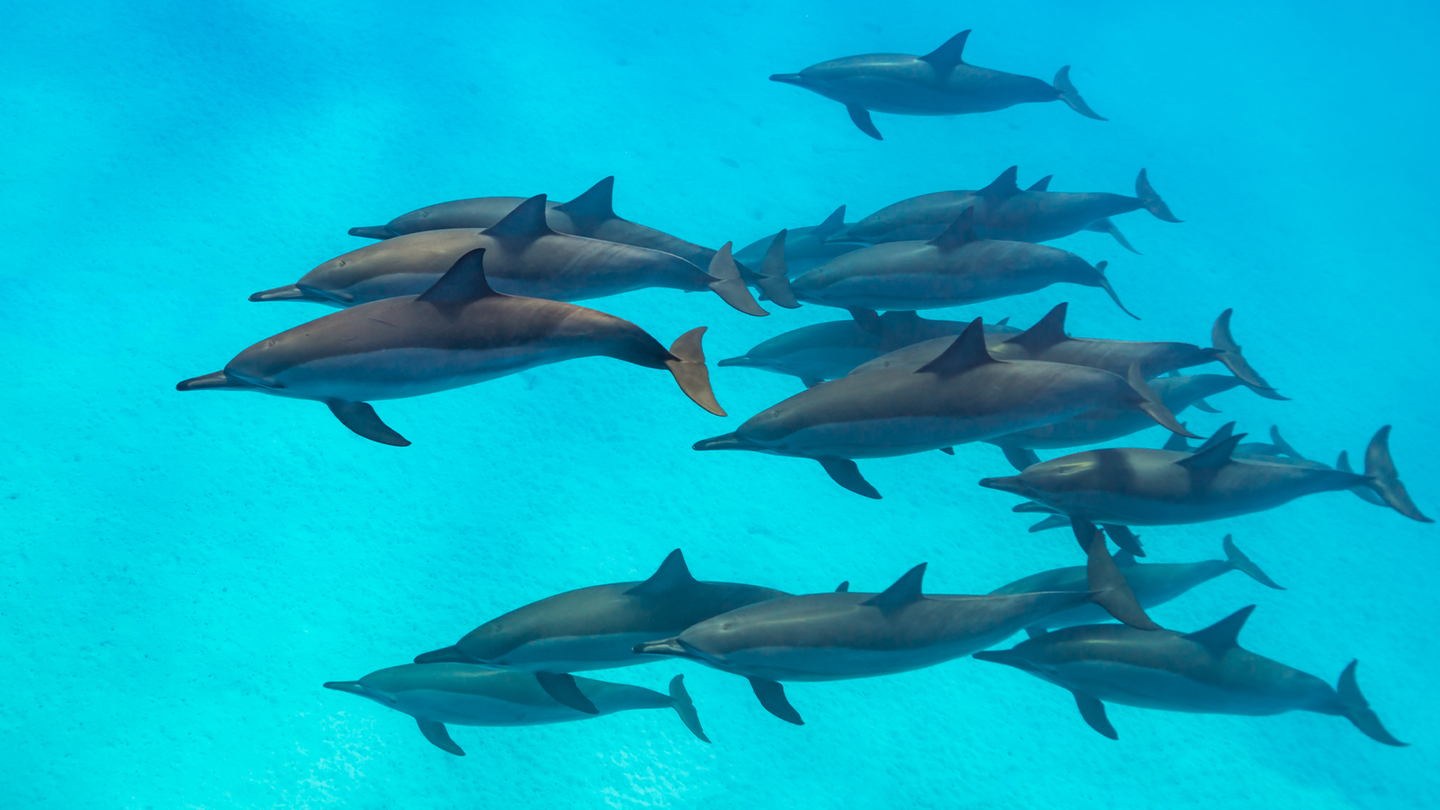The ‘High-Seas Treaty’ to protect marine life in the open ocean finally makes progress
Delegates from more than 100 countries have agreed to language for the new UN treaty.

It’s been a long time coming, but on March 4, representatives from more than 100 countries agreed on language for a new United Nations (UN) treaty to protect marine life. Nicknamed the High-Seas Treaty, the agreement reached by delegates of the Intergovernmental Conference on Marine Biodiversity of Areas Beyond National Jurisdiction (BBNJ), is the culmination of talks facilitated by the UN that first began over 20 years ago.
The planet’s marine life is facing multiple threats from overfishing, the effects of climate change, fossil fuel extraction, and escalating noise from vessel traffic. A 2021 study published in the journal Nature estimates that the shark and ray species that live in the open ocean have declined over 70 percent since 1970. Now, possible deep sea mining for minerals is putting unprotected areas of the world’s oceans in more danger.
[Related: The future of American conservation lies in restoration, not just protection.]
The High-Seas Treaty aims to create more marine-protected areas and more conservation measures in the high seas–a huge expanse of ocean covering almost 50 percent of the world. While there are international agreements and organizations that regulate the high seas, most focus on economic activities (shipping, fishing, mining, etc.). Environmental advocates say that these regulations do not always take biodiversity into account and the high seas are home to human rights abuses and laws are limited.
Marine protected areas have been shown to benefit both fish and human interests. A 2022 study published in the journal Science found that carefully placed no-fishing zones like the 582,578 square mile wide Papahānaumokuākea Marine National Monument in Hawaii can help restore the populations of tuna and other large fish species.
The treaty also establishes basic ground rules for conducting environmental impact assessments for commercial activities in the oceans. Individual countries typically are in charge of the sea floor and waters about 200 nautical miles from their shores before the high seas begins. Currently, the world’s open oceans have no international body or agreement that primarily focuses on protecting marine life and this treaty aims to change that if enacted. Now that the language of the agreement is settled, countries will need to formally adopt it and then ratify the treaty itself. This ratification step usually requires legislative approval.
The high seas are home to a wealth of biodiversity, from tiny phytoplankton up to massive blue whales. It’s also where some of Earth’s most mysterious creatures like anglerfish and hatchetfish live. Many species that are found closer to shore like salmon, dolphins, turtles, and tuna, also spend a lot of their lives in the high seas during long migrations, which is partially why agreements like this are needed to extend the protections beyond national boundaries.
[Related: World governments strike historic deal to protect planet’s biodiversity.]
The legally binding pact is also seen as a crucial component in the effort to reach a target to bring 30 percent of the world’s land and sea under protection by 2030 called 30 by 30. This agreement was struck at the United National Biodiversity Conference (COP 15) in December 2022.
“Today the world came together to protect the ocean for the benefit of our children and grandchildren,” Assistant Secretary of State for Oceans and International Environmental and Scientific Affairs of the United States Monica Medina told The New York Times. “We leave here with the ability to create protected areas in the high seas and achieve the ambitious goal of conserving 30 percent of the ocean by 2030.”
